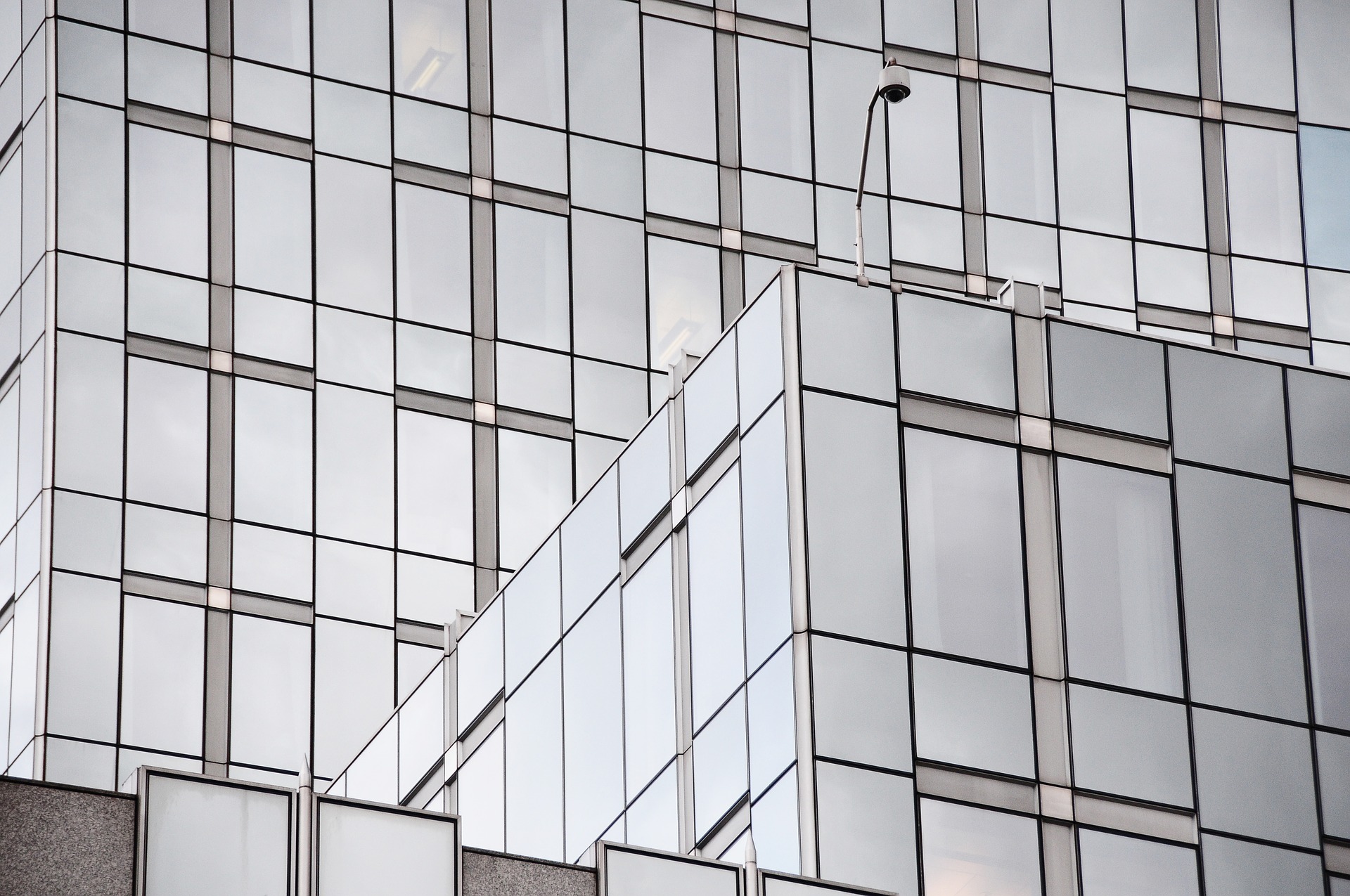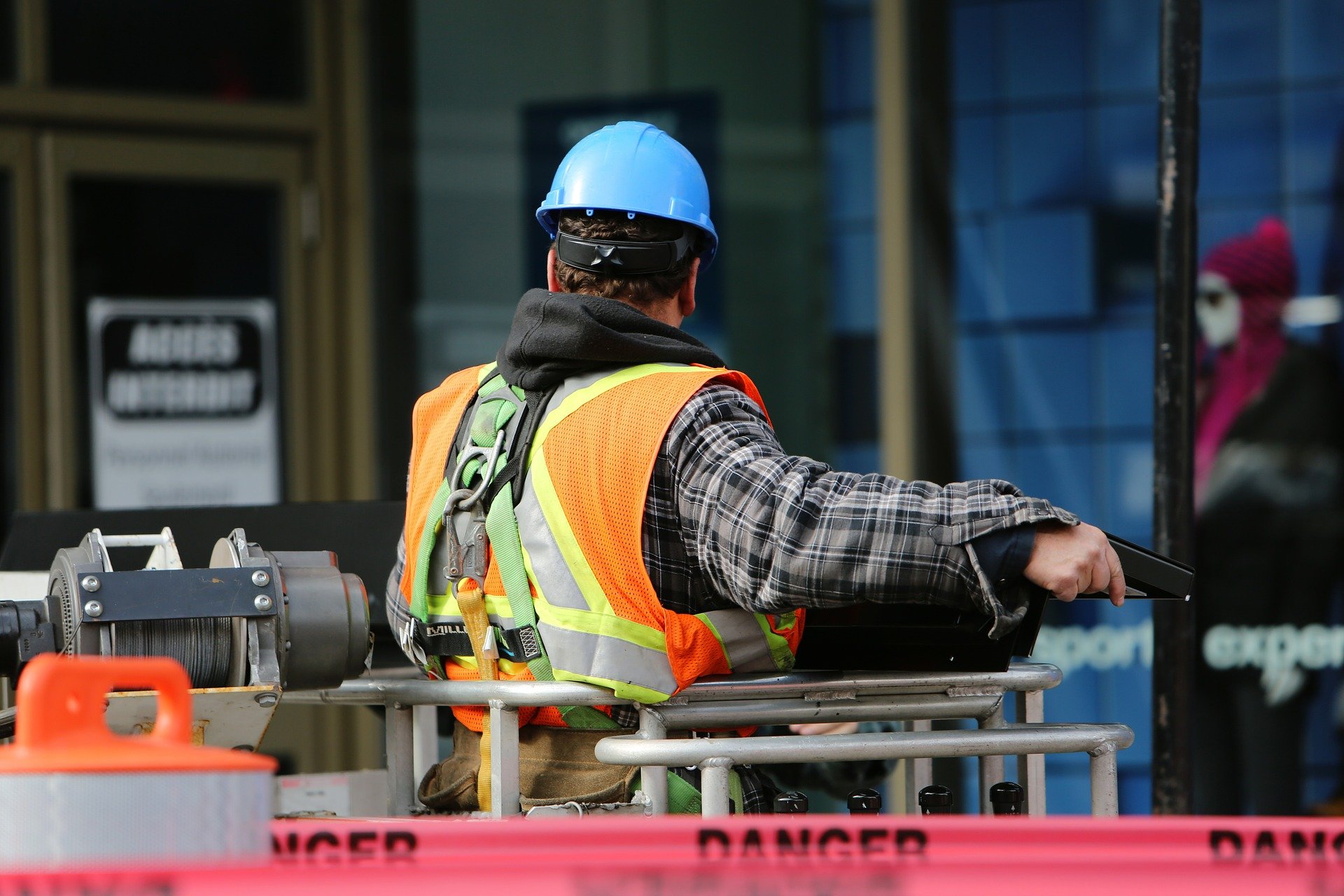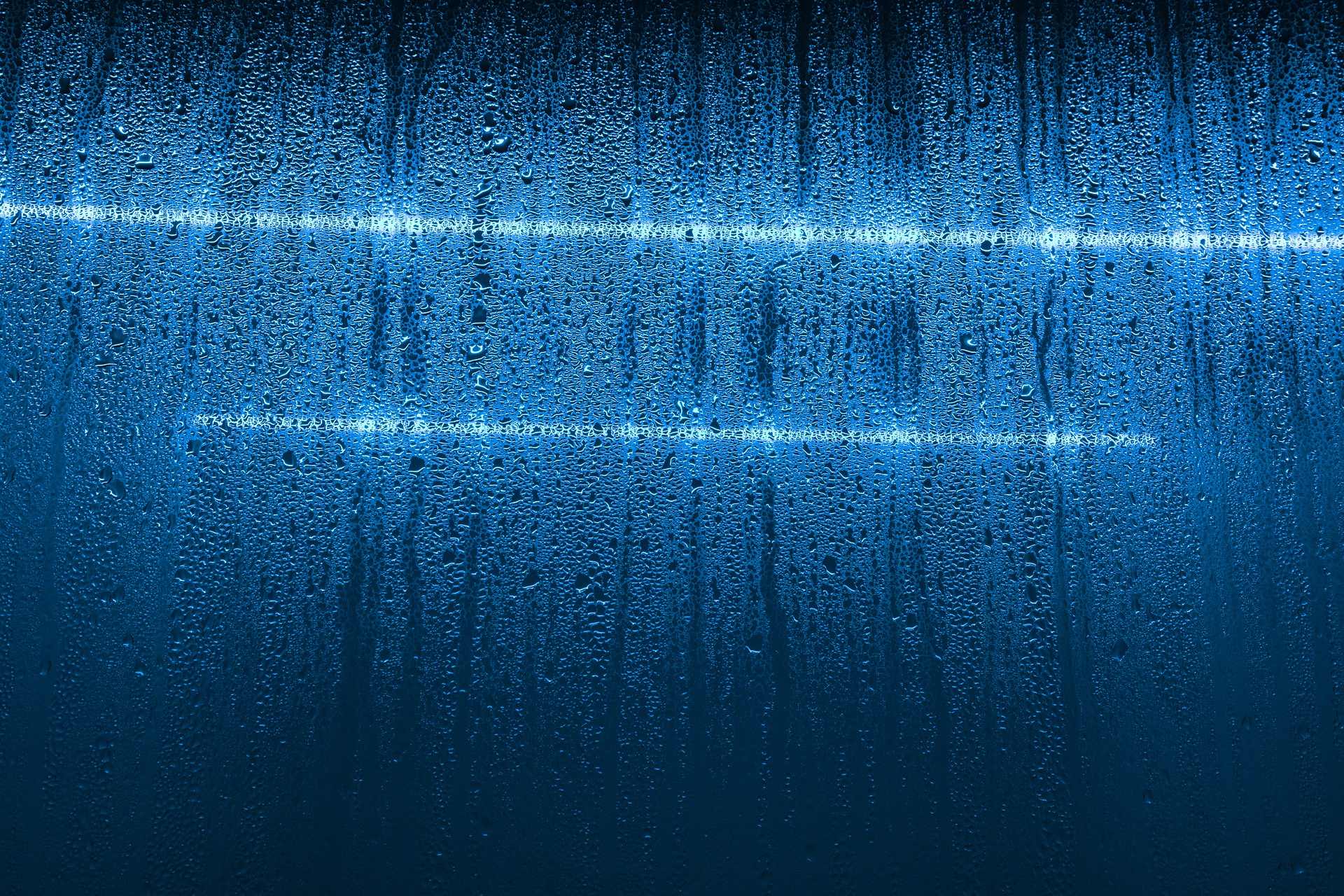
If you work in a telecommunication company or a dental office, you’ve definitely heard of an air dryer. No, not a hairdryer, but an air dryer. Most of us are familiar with the former, while very few of us know what an air dyer is or its function. This is a necessity for the success and efficiency of an industrial facility that requires a constant supply of compressed air. Don’t worry; we got you covered, and we are here to explain what it is and everything you need to know about it.
What is an Air Dryer?

It is a piece of machinery or equipment that protects an air compressor from excess moisture that may be present in the air and may deter the proper functioning of your air compressor. They are also used to dehumidify compressed air and can significantly reduce the dew point of compressed air to 18°f lower than the actual temperature of the building/site. However, the function of your air dryer depends on the type of compressor that is present on your site and needs to be maintained regularly. The main types of air dryers used alongside compressed air systems are:
-
- Membrane dryers
-
- Desiccant dryers
-
- Refrigerated dryers
1. Refrigerated Dryers
This is the most common air dryer out there because it is the easiest system to clean and maintain. They are also very cost-effective and are your best option if your equipments don’t need specific requirements like minimum dew point. It works like your average fridge or AC system and de-humidifies air by cooling it, condescending it and draining the subsequent moisture off. There are two types of these, namely the cycling and non-cycling types.
Non-cycling Type
This type of air dryer continuously circulates through the system and never shuts off, unlike its cycling counterpart. The airflow is regulated by using an unloader valve or bypass that matches the volume of compressed air entering the system, and this helps maintain a stable operating temperature.
Cycling Type
This one cools liquid or solid masses, which surrounds an air inlet of a heater exchanger. The solid mass tends to be a metal block or glycerol, which act as heat sinks that help the air compressors cool down. A thermostat is also used to regulate the air compressor, and when the compressor has zero or partial loads, it shuts down and acts as an energy saver.
2. Membrane Air Dryer
As its name suggests, this system uses semi-permeable membrane fibres that separate moisture from compressed air. This type of air dryer is gaining in popularity because it is very environmentally friendly. It also doesn’t require any electricity to run and is usually less expensive to install and maintain since they have no moving parts. They also take up less space, are the quietest air dryers on the market and our list, and are suitable for low-volume air separation.
3. Desiccant Air Dryer
This one is made of two towers, while a lesser-known variant only has one tower/compartment. One of the towers contains a desiccant that removes all moisture from the air system, which comes from the compressor, while the other regenerates the desiccant.
The single tower desiccant dryer only consists of desiccant materials that dry the air coming from the surrounding environment. This system also doesn’t contain any mechanical parts, so it doesn’t need electricity to function and is optimal for corrosive and hazardous environments.

Air dryers are essential for the proper running of an industrial or commercial complex as atmospheric air typically contains a percentage of water vapour in them. This can create problems for your equipment and may have adverse effects on the final products if they are exposed to a high amount of vapour, leading them to corrode over time. This is why you need an air dryer to prevent any of this to happen further down the line.
Contact Promptair & Electrical Pty Ltd for all your commercial and industrial maintenance and supply of air compressor, dryer and even air filtration services. With Over 40 years in the field, trust their team to maintain and install your air compressors and accessories.
